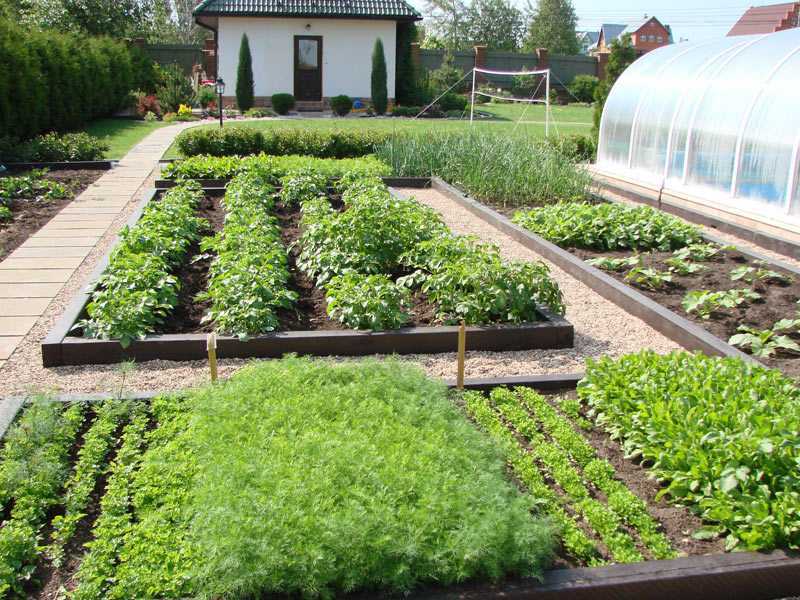Managing a 15 acre homestead can be both rewarding and challenging. With the vast expanse of land, there’s a need for various tools and machinery to maintain and improve the homestead. However, purchasing all the necessary equipment can be costly and impractical. This is where the concept of sharing equipment comes into play. By collaborating with neighbors or other homesteaders, you can access the tools you need without bearing the entire financial burden.

Benefits of Equipment Sharing
One of the primary advantages of equipment sharing is cost efficiency. By pooling resources, homesteaders can save money on expensive machinery. Additionally, sharing promotes a sense of community, fostering relationships and collaboration among neighbors.
Environmental Impact
Sharing equipment also has positive environmental implications. By reducing the need for multiple sets of equipment, the production demand decreases, leading to a smaller carbon footprint. This sustainable practice supports the overall goal of eco-friendly living on a 15 acre homestead.
Essential Equipment for a 15 Acre Homestead
While each homestead may have unique needs, some tools are universally essential. Tractors, mowers, and tillers are often shared among homesteaders due to their high cost and infrequent use. Other shared items might include chainsaws, wood splitters, and even larger equipment like backhoes.
Tractors and Attachments
A tractor is a versatile piece of equipment that can perform numerous tasks on the homestead. By sharing a tractor and its attachments, such as plows and harrows, you can efficiently manage fields and gardens without the financial strain.
How to Establish an Equipment Sharing System
To begin sharing equipment, start by identifying nearby homesteaders who may be interested in collaboration. Organize a meeting to discuss potential tools for sharing and establish guidelines for usage, maintenance, and scheduling.
Creating a Schedule
Develop a clear schedule that outlines when each homesteader can use the equipment. This ensures that everyone has access to the tools they need when they need them.
Maintenance and Care
Proper maintenance is crucial to ensure the longevity of shared equipment. Establish a routine maintenance schedule and assign responsibilities to each participant. This might include regular cleaning, oil changes, and inspections to keep everything in working order.
Shared Responsibilities
Each homesteader should contribute to the care and maintenance of the shared equipment. By dividing tasks, no single person bears the entire burden, and the equipment remains in good condition for everyone.
Legal Considerations in Equipment Sharing
Before entering into an equipment sharing agreement, it’s important to address any legal concerns. Draft a simple contract that outlines each party’s responsibilities and liabilities. This can prevent misunderstandings and protect everyone involved.
Insurance Policies
Consider purchasing an insurance policy that covers shared equipment. This can provide peace of mind and financial protection in case of accidents or damage.
Success Stories from Homesteaders
Many homesteaders have found success through equipment sharing. By working together, they’ve been able to accomplish more on their land while reducing costs and fostering community bonds.
Building Community
Beyond the practical benefits, equipment sharing helps build a sense of community. By working together, homesteaders develop trust and cooperation, leading to stronger relationships and support networks.
Potential Challenges and Solutions
Like any collaborative effort, equipment sharing can present challenges. Scheduling conflicts, maintenance disagreements, and legal concerns can arise. However, with clear communication and established guidelines, these issues can be effectively managed.
Conflict Resolution
Address any conflicts openly and honestly. Regular meetings can help resolve issues and ensure that everyone remains satisfied with the arrangement.
Expanding the Sharing Network
As your equipment sharing system proves successful, consider expanding the network. Invite more homesteaders to join, increasing the variety of tools available and further reducing individual costs.
Building a Bigger Community
By expanding the network, you create opportunities for more connections and collaborations. A larger community can share knowledge, skills, and resources, enhancing the overall homesteading experience.
Conclusion
Sharing equipment on a 15 acre homestead is an effective way to maximize resources, reduce costs, and build a strong community. By collaborating with others, homesteaders can achieve more while promoting sustainable practices and fostering valuable relationships.
Additional Resources
For more information on homesteading practices and network building, visit the Wikipedia page on Homesteads and explore the Rethink Rural blog.
Internal Links
To learn more about enhancing your homestead, check out these articles on Pasture Legumes, Compost Tea Brewing, and Swales for Homestead.

FAQ
What equipment is best for sharing on a homestead?
Tractors, mowers, and tillers are ideal for sharing due to their high cost and infrequent use. Other shared items may include chainsaws and larger machinery.
How do I start an equipment sharing group?
Begin by reaching out to nearby homesteaders and organizing a meeting to discuss potential tools for sharing and establish guidelines for usage and maintenance.
What legal considerations should I keep in mind?
Draft a simple contract outlining responsibilities and liabilities. Consider purchasing insurance for shared equipment to protect against accidents or damage.





